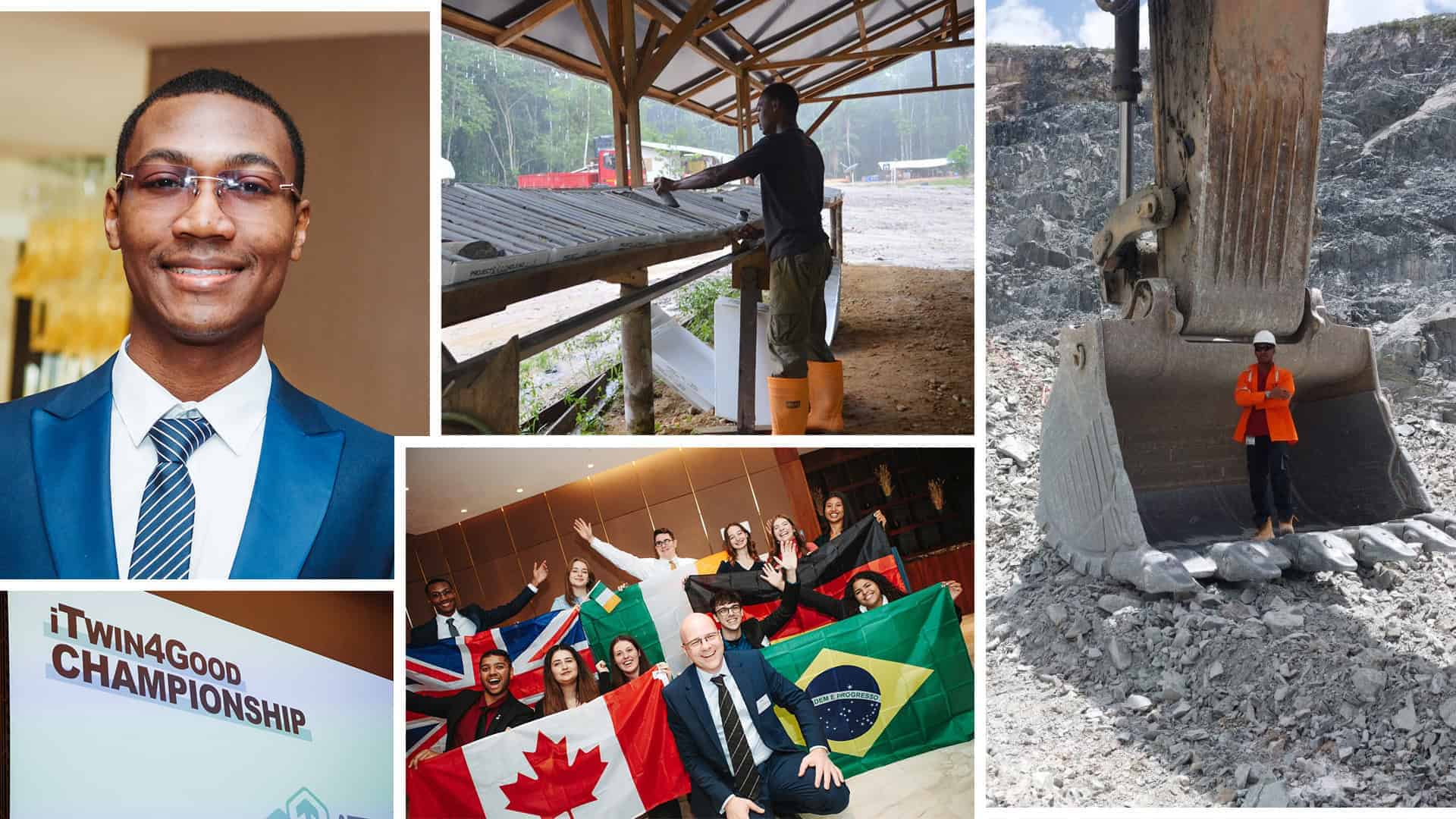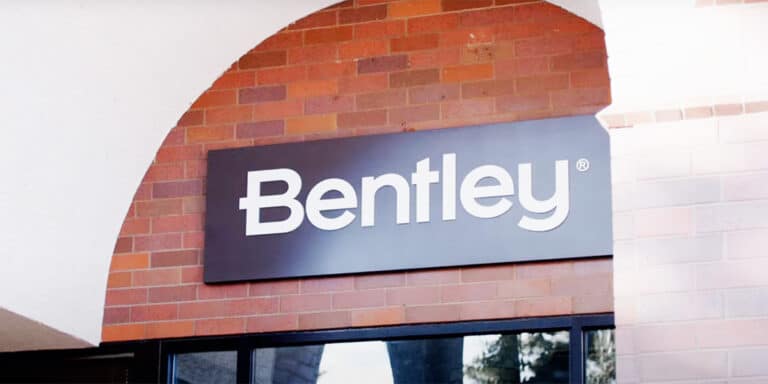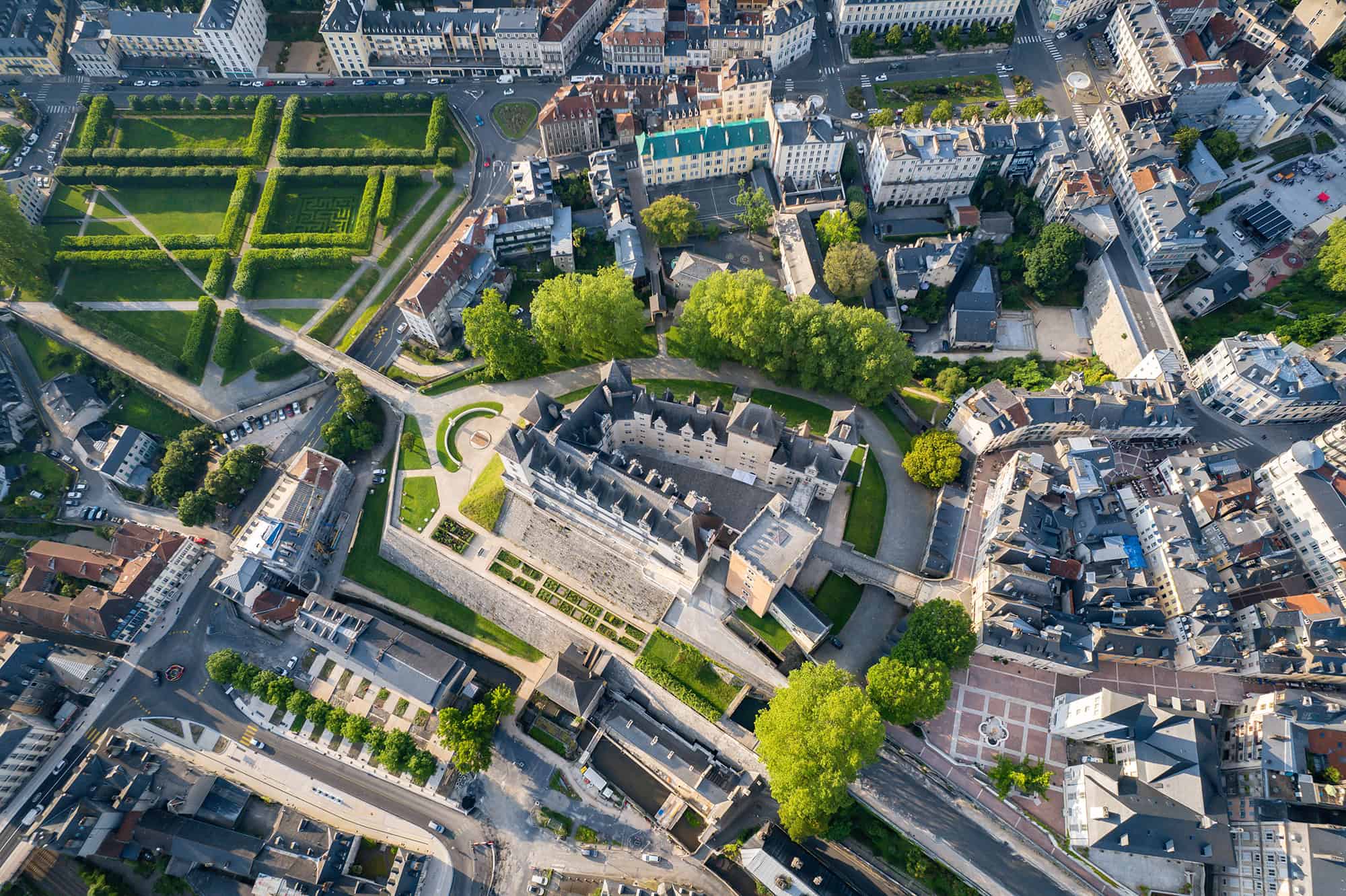A team of students from the UK and Ireland has taken top honors in a prestigious international infrastructure competition with an innovative digital solution to address construction waste.
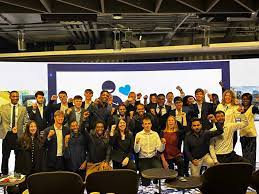
Hacking Waste with Digital Twins
SiTESalvage won first place in the August 19 finals of the iTwin4Good Challenge, where students use digital twins, those being realistic, dynamic digital models of physical assets, systems, or entire cities—to address global infrastructure challenges.
Their platform digitally maps salvageable materials from demolition sites and promotes reuse through a marketplace. An interactive map highlights upcoming projects, which can be filtered for material and location. 3D models let users explore building layers, inspect components, and instantly see specifications, reuse potential, and environmental impact.
The goal: to chip away at one of the world’s largest environmental problems. Construction and demolition account for roughly one-third of global waste, yet in some countries only a fraction is currently repurposed.
“Powered by Bentley’s iTwin, we transform demolition sites into transparent resource banks, where materials can be made visible, verified, and traded on a marketplace,” said SITESalvage team member Laura Fleming of University College Dublin.

iTwin4Good: A Global Stage
Now in its third year, the iTwin4Good competition is run by Bentley Systems, a leader in infrastructure engineering software, in partnership with Enactus, a nonprofit that connects students and businesses on entrepreneurial projects tackling social, economic, and environmental issues.
Participants receive six weeks of technical training, mentorship from Bentley experts, and the chance to earn iTwin Developer Associate certification. The competition aims to inject fresh talent and ideas into infrastructure while producing digital tools with real social impact.
“The iTwin4Good Challenge is more than a student competition. It’s a catalyst for change and a strategic investment in the future of infrastructure,” says Chris Bradshaw, chief sustainability and education officer at Bentley. “By engaging young minds in real-world problem-solving and equipping the next generation with digital twin expertise, we’re cultivating talent capable of addressing both today’s infrastructure needs and tomorrow’s sustainability challenges.”
As overall winner, SiTESalvage will attend the Enactus World Cup 2025 in Bangkok this September.
Value From Trash
Germany’s Basola team was first runner-up with a project to convert plastic waste into fuel in remote regions. Focusing on Ladrilleros, a coastal village in Colombia, they collect and shred plastic litter, then process it in a solar-powered pyrolysis plant. Heated waste gases are condensed into fuel like gasoline, while Bentley’s iTwin technology remotely monitors safety, maintenance, and energy use. The project not only provides cheaper fuel but also creates local jobs.
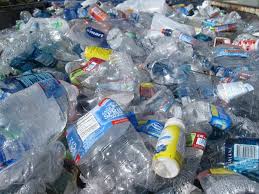
Repurposing Abandoned Mines
Canada’s EcoTwins was the second runner-up with a project to convert abandoned mining sites into renewable energy hubs. Using Bentley’s iTwin platform, LiDAR, and 3D modeling, they identify optimal sites for solar and wind farms—avoiding the need to clear untouched land and its environmental and social costs.
Team member Muskan Bhatia of the University of British Columbia estimates there are more than 1 million abandoned mines worldwide—enough potential solar capacity to power a country the size of Germany for a year.
Find out more about the winners and the competition here.

Kathleen Moore is a journalist, editor, and educator. Most recently, she led a 50-person-strong team covering Central and Eastern Europe and Eurasia.

